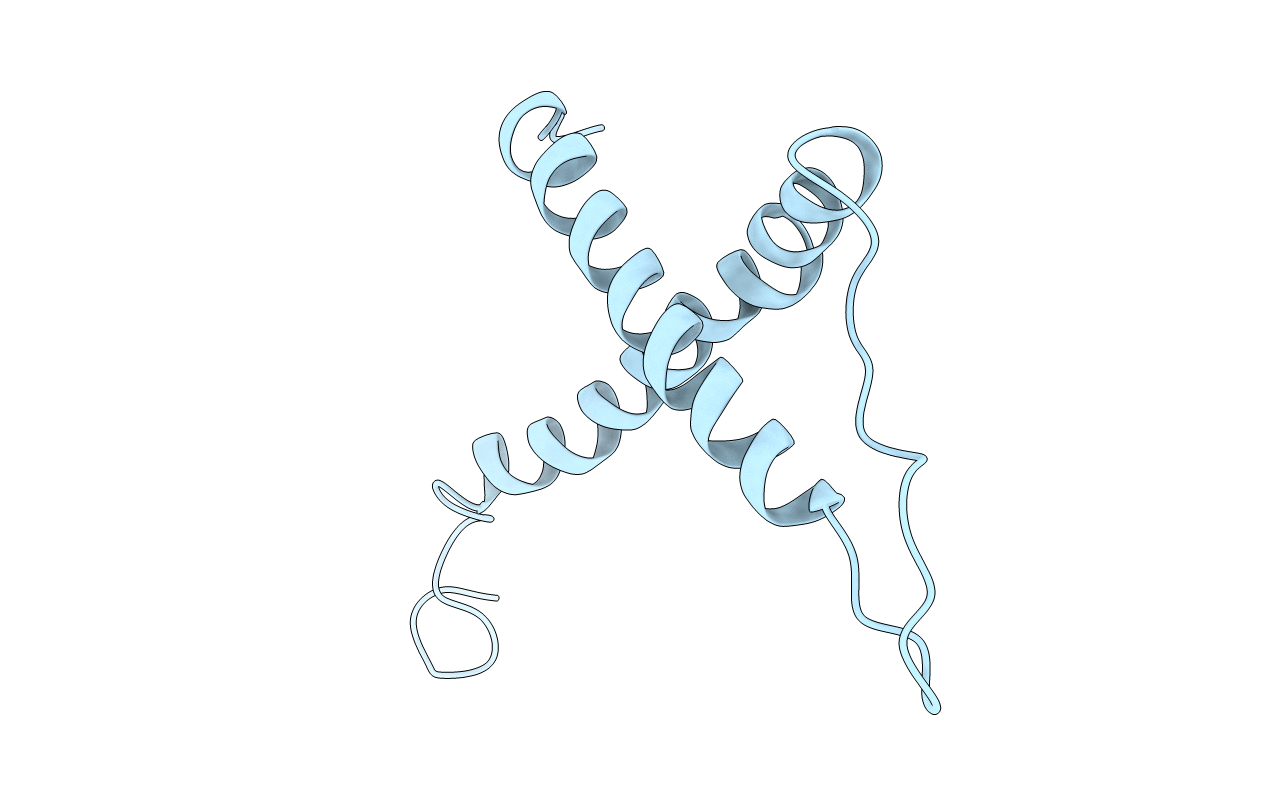
Deposition Date
2009-06-24
Release Date
2009-08-25
Last Version Date
2024-02-21
Entry Detail
PDB ID:
3HZQ
Keywords:
Title:
Structure of a tetrameric MscL in an expanded intermediate state
Biological Source:
Source Organism:
Staphylococcus aureus subsp. aureus MW2 (Taxon ID: 196620)
Host Organism:
Method Details:
Experimental Method:
Resolution:
3.82 Å
R-Value Free:
0.31
R-Value Work:
0.29
R-Value Observed:
0.29
Space Group:
I 4 3 2


